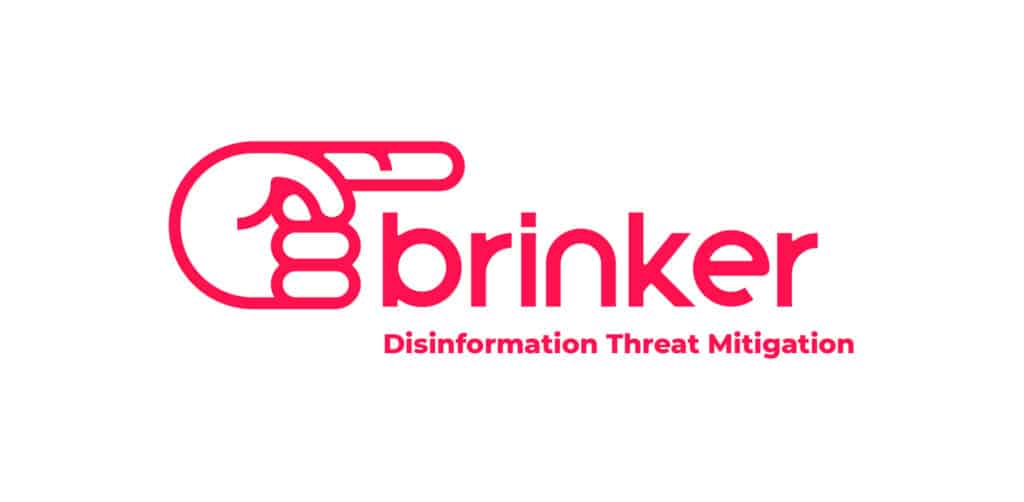Connected vehicles are a big new area of investment. We saw evidence of that at the recent Consumer Electronics Show (CES) and we’re hearing a lot more about it this week, as carmakers strut their stuff at the North American International Auto Show. Security isn’t generally part of the conversation, but as we’ve noted here on more than one occasion: connected vehicles introduce a myriad of challenging security problems, from authentication to communications and system integrity, not to mention data privacy. [Read more Security Ledger coverage of connected vehicles here.] Now networking giant Cisco says that it sees a role for its technology in protecting vehicle area networks (VANs), just as the company’s networking equipment enabled and protected local and wide area networks (LANs and WANs) over the last two decades. In a blog post, Cisco said it is rolling out “a range of products and services” that it […]
Tag: malware
When The Internet of Things Attacks! Parsing The IoT Botnet Story
I spent most of last week at a conference in Florida going deep on the security of critical infrastructure – you know: the software that runs power plants and manufacturing lines. (More to come on that!) While there, the security firm Proofpoint released a statement saying that it had evidence that a spam botnet was using “Internet of Things” devices. The company said on January 16 that a spam campaign totaling 750,000 malicious emails originated with a botnet made up of “more than 100,000 everyday consumer gadgets” including home networking routers, multi media centers, televisions and at least one refrigerator.” Proofpoint claims it is the “first time the industry has reported actual proof of such a cyber attack involving common appliances.” [Read: “Missing in action at Black Hat: the PC.”] Heady stuff – but is it true? It’s hard to know for sure. As with all these reports, it’s important […]
Cisco Survey: 100% of Fortune 500 Hosting Malware?
If you’re working in IT at a Fortune 500 firm, Cisco Systems has some unwelcome news: you have a malware problem. According to the 2013 Annual Security Report from the networking giant, 100 percent of 30 Fortune 500 firms it surveyed sent traffic to Web sites that host malware. Ninety-six percent of those networks communicated with hijacked servers operated by cyber criminals or other malicious actors and 92 percent transmitted traffic to Web pages without content, which typically host malicious activity. “It was surprising that it was 100 percent, but we know that it’s not if you’re going to be compromised, but when,” said Levi Gundert, a technical lead in Cisco’s Threat Research, Analysis and Communications (TRAC) group in an interview with The Security Ledger. Among the high points (or low points) in Cisco’s Report: Cisco observed the highest number of vulnerabilities and threats on its Intellishield alert service in the 13 years […]
With $8m In Funding, Confer Taps Cloud, Crowd To Secure Endpoints
A new endpoint security startup, Confer, pulled the covers off its technology on Wednesday, announcing a new services-based endpoint protection product that it claims will provide better protection against malicious software and advanced attacks. Based in Waltham, Massachusetts, Confer has been in existence for just over a year and has received $8 million in venture funding from North Bridge Capital and Matrix Partners. The company’s cloud- and endpoint-based software enables organizations to collaborate to stop sophisticated attacks by sharing attack and malware anonymously with other Confer customers. The company said its technology will appeal to enterprise customers who have grown weary of malware infections that manage to bypass or elude traditional anti virus software. Confer is just the latest company to see dollar signs in corporations’ waning enthusiasm for anti malware software. Modern anti malware products are still focused on securing Windows endpoints. They are geared for use in the […]
Is 2014 The Year Uncle Sam Takes On Connected Device Security?
The Consumer Electronics Show – or CES- kicked off last week in Las Vegas. In the last decade, CES has become one of the premiere venues for consumer device makers to launch new products and to show off prototypes of technology they hope to introduce to the public. Home entertainment megafauna dominate the coverage of CES — there was Samsung’s 85-inch LED LCD model with 4K resolution that can transform from flat-screen to curved display. But this year’s show is also a showcase for the next wave of connected devices, including wearable technology, smart appliances and connected vehicles. All these new platforms raise important questions about security, privacy and reliability. I sat down to talk about some of those issues with Mark Stanislav, the lead security evangelist at the firm Duo Security. Mark is a frequent contributor to The Security Ledger who last joined us to provide an end of year […]






